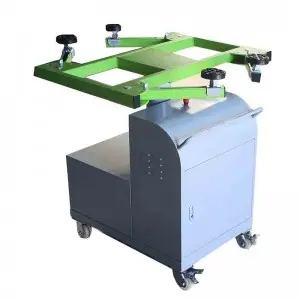Cylinders are one of the most versatile shapes in the world of geometry. From simple objects like cans and glasses to complex structures like rockets and engines, cylinders play a crucial role in various industries and everyday life.
At its core, a cylinder is defined as a three-dimensional shape with two parallel bases that are circular in shape. The sides of the cylinder are curved and form a closed surface. This geometric definition may seem straightforward, but the applications of cylinders are far-reaching and diverse.
One of the most common uses of cylinders is in the culinary world. From baking cakes to making pasta, cylinders are used to shape and mold various food items. Baking enthusiasts use cylindrical cake pans to create perfectly round cakes, while pasta makers rely on cylindrical molds to shape pasta into uniform strands.
In the world of construction and engineering, cylinders play a vital role in the design and construction of buildings and infrastructure. Concrete pillars and beams are often cylindrical in shape, providing support and strength to structures such as bridges and high-rise buildings. Cylindrical pipes are used to transport water, gas, and other fluids in plumbing and irrigation systems.
In the automotive industry, cylinders are a key component of internal combustion engines. The pistons inside a cylinder move up and down, converting fuel into mechanical energy to power vehicles. The number of cylinders in an engine can vary, with some vehicles having four cylinders in a compact sedan, while high-performance sports cars can have up to twelve cylinders for maximum power.

The Versatile Cylinder: A Shape with Endless Possibilities

The Versatile Cylinder: A Shape with Endless Possibilities
Cylinders are also crucial in the field of aerospace, where rocket engines rely on cylindrical combustion chambers to propel spacecraft into orbit. The shape of the cylinder allows for efficient fuel combustion and thrust, essential for achieving escape velocity and reaching outer space.

The Versatile Cylinder: A Shape with Endless Possibilities
Beyond practical applications, cylinders also have a symbolic and artistic significance. The ancient Egyptians used cylindrical objects like obelisks and columns to commemorate pharaohs and gods. In modern art and design, cylinders are often used as a muse for sculptors and architects, showcasing the beauty and symmetry of this geometric shape.
In conclusion, the humble cylinder may seem like a simple shape, but its impact on various industries and disciplines cannot be understated. From baking to engineering, from aerospace to art, cylinders continue to inspire and innovate, proving that this shape truly has endless possibilities. So the next time you see a can of soda or a rocket taking off, remember the versatility and importance of the cylinder in our world.k Lift Accessories
